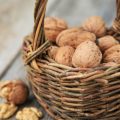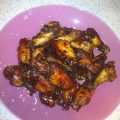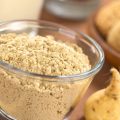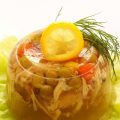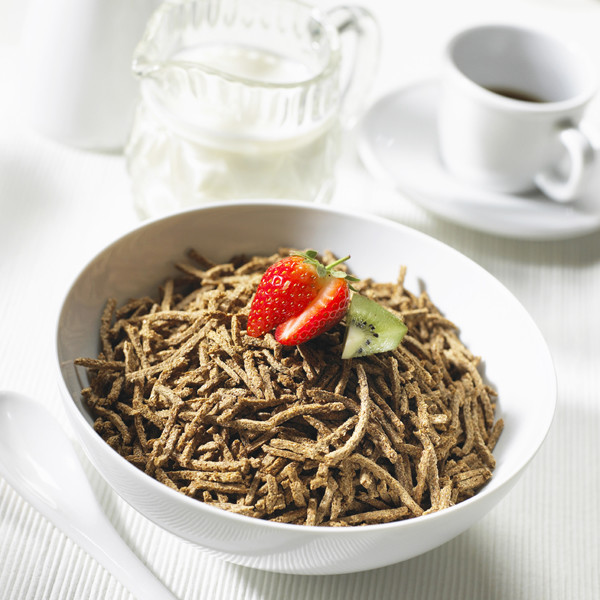 Bran in the Dukan Diet Photo:Woman's Day ArchiveAs you know, it includes 4 stages:A short phase "Attack", during which you need to eat foods high in protein for quick weight loss.The "Cruise" phase - alternating protein-vegetable days to achieve your true weight.The "Consolidation" phase - returning to familiar foods, maintaining a balanced diet.And the final stage, "Stabilization", which does not involve any restrictions, but with two rules: eat 3 tablespoons of oat bran and have a protein day once a week.At all stages of the Dukan diet, she recommends eating oat bran. Only in different dosages:"Attack" - 1.5 tbsp. per day."Cruise" - 2 tbsp. per day."Consolidation" - 2.5 tbsp. per day."Stabilization" - 3 tbsp. per day.
Bran in the Dukan Diet Photo:Woman's Day ArchiveAs you know, it includes 4 stages:A short phase "Attack", during which you need to eat foods high in protein for quick weight loss.The "Cruise" phase - alternating protein-vegetable days to achieve your true weight.The "Consolidation" phase - returning to familiar foods, maintaining a balanced diet.And the final stage, "Stabilization", which does not involve any restrictions, but with two rules: eat 3 tablespoons of oat bran and have a protein day once a week.At all stages of the Dukan diet, she recommends eating oat bran. Only in different dosages:"Attack" - 1.5 tbsp. per day."Cruise" - 2 tbsp. per day."Consolidation" - 2.5 tbsp. per day."Stabilization" - 3 tbsp. per day.
What is the secret of bran?
Firstly, since the diet is rich in proteinfood, oat bran plays the role of plant fiber, helping our stomach to digest such a quantity of protein and work properly. Secondly, they help to reduce cholesterol. And thirdly, even a small amount of oat bran (about 15 grams), getting into the stomach, absorbs liquid 25 times more than its volume. Swelling, the bran fills the stomach, allows us to feel full, and therefore protects against overeating. In addition, numerous studies have shown that it is oat bran that plays a positive role in protecting against colon and rectal cancer, as well as in the prevention of diabetes. Dukan advises to eat bran for life. But specifically oat. Why? In fact, wheat is also useful for digestion, but consists of insoluble fibers, unlike oat. And soluble fiber is the trump card, due to which bran "grabs" sugars and cholesterol and does not allow them to penetrate our body. Wheat and oat bran can be combined, but it is better not in pure form, but by adding to homemade bread and other baked goods. By the way, recently Dr. Dukan said that nothing terrible will happen if you eat more bran than he recommends. Perhaps you will just go to the toilet more often, that's all. The nutritionist recommends making friends not only with bran in pure form, but also including it in main dishes. For example, adding it to homemade muffins, pancakes, crepes and second courses.




